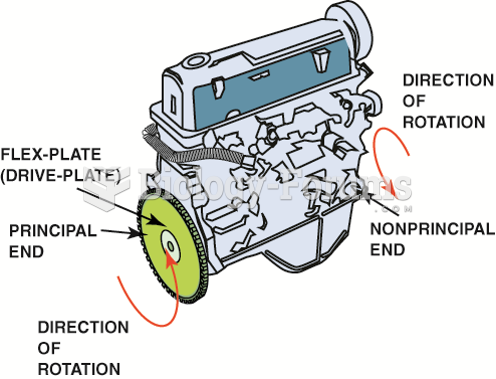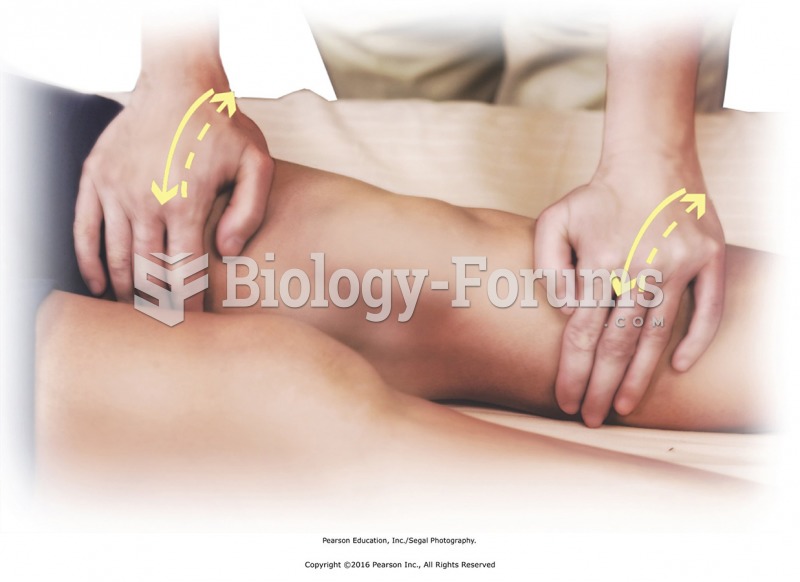|
|
|
Acetaminophen (Tylenol) in overdose can seriously damage the liver. It should never be taken by people who use alcohol heavily; it can result in severe liver damage and even a condition requiring a liver transplant.
Street names for barbiturates include reds, red devils, yellow jackets, blue heavens, Christmas trees, and rainbows. They are commonly referred to as downers.
Nitroglycerin is used to alleviate various heart-related conditions, and it is also the chief component of dynamite (but mixed in a solid clay base to stabilize it).
People with alcoholism are at a much greater risk of malnutrition than are other people and usually exhibit low levels of most vitamins (especially folic acid). This is because alcohol often takes the place of 50% of their daily intake of calories, with little nutritional value contained in it.
The average person is easily confused by the terms pharmaceutics and pharmacology, thinking they are one and the same. Whereas pharmaceutics is the science of preparing and dispensing drugs (otherwise known as the science of pharmacy), pharmacology is the study of medications.
 Compressing the breast between plates provides a better image of breast tissue. Regular mammograms ...
Compressing the breast between plates provides a better image of breast tissue. Regular mammograms ...
 Inline four-cylinder engine showing principal and nonprincipal ends. Normal direction of rotation is ...
Inline four-cylinder engine showing principal and nonprincipal ends. Normal direction of rotation is ...
 Establish contact by rocking the leg inward and outward in rotation. Hands move along the entire ...
Establish contact by rocking the leg inward and outward in rotation. Hands move along the entire ...




